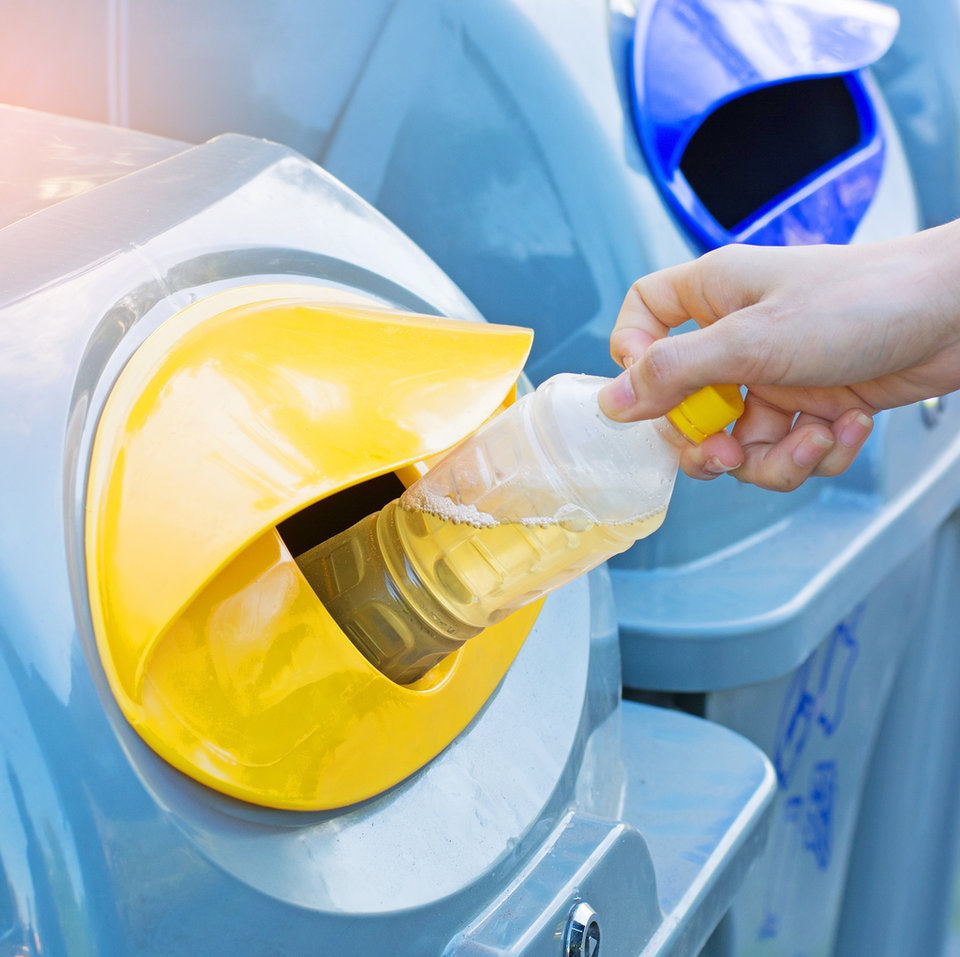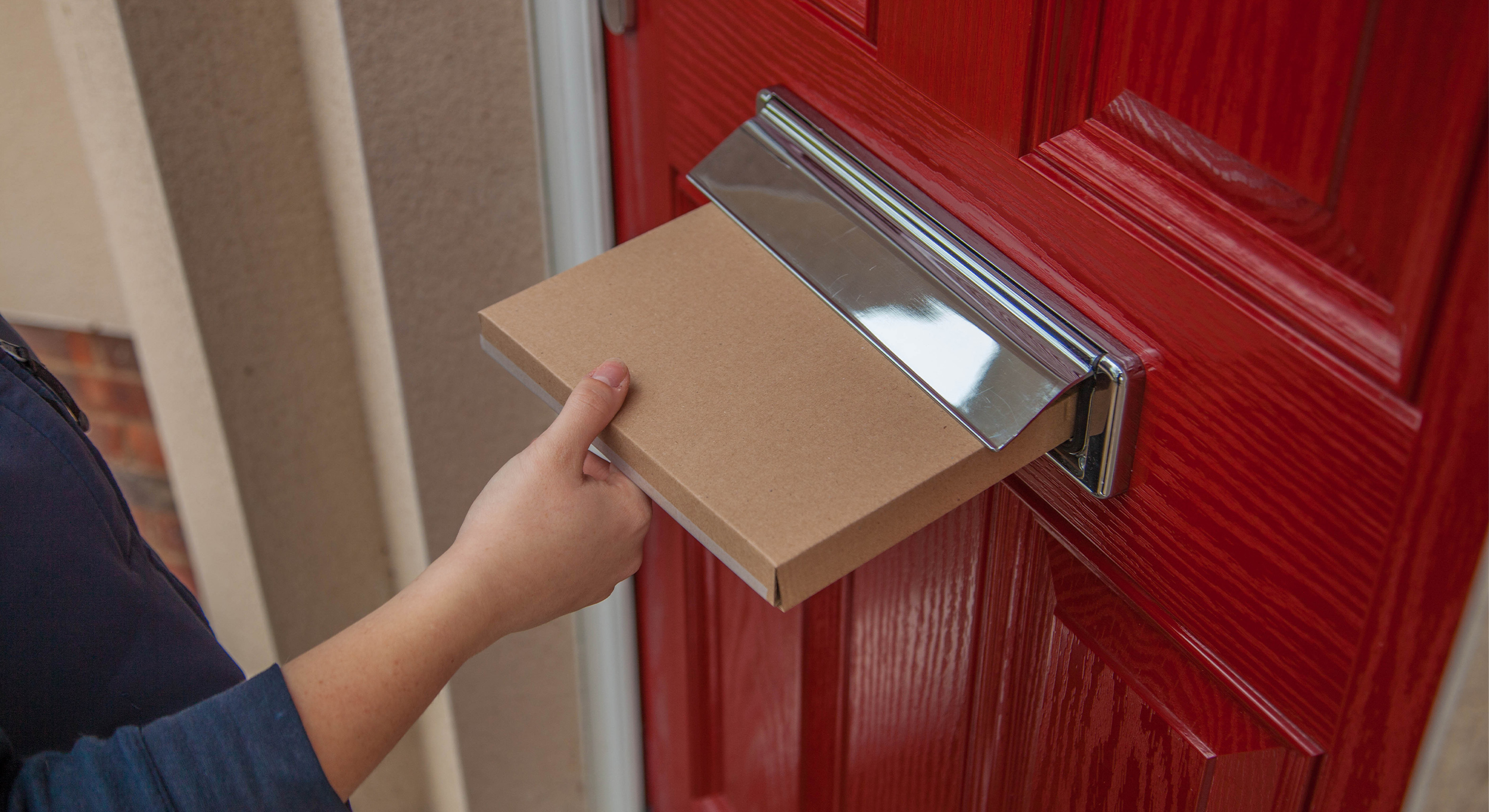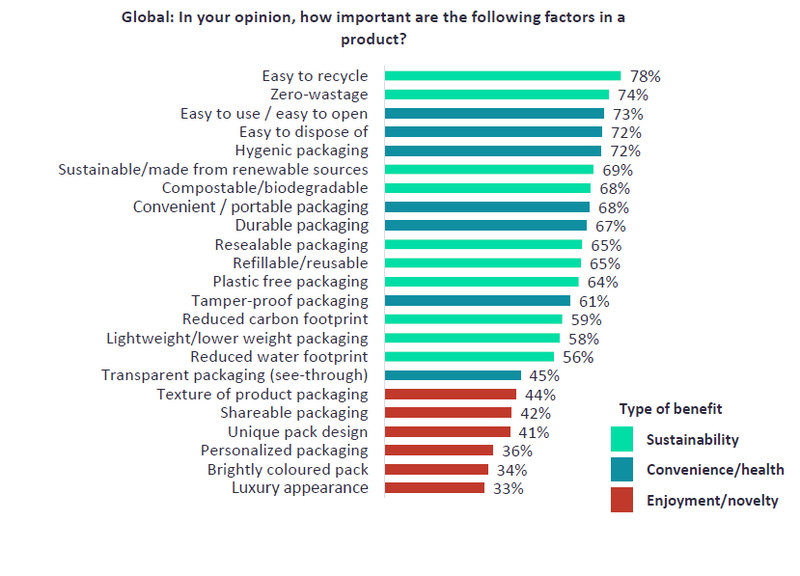Insight
Through the letterbox
Inside Packaging explores the boom in letterbox packaging and how the sector is working hard to ease consumers’ carbon concerns.


e
Commerce continues to boom post-pandemic and ‘letterbox packaging’ is becoming a popular streamlined, efficient and eco-friendly option for a growing number of companies.
In fact, eCommerce experienced astronomical growth during the height of Covid and a report conducted by Inside Packaging’s parent company, GlobalData, titled: ‘Thematic Research: Ecommerce in Consumer Goods’ states 4.5 billion internet users were recorded worldwide in 2020. Businesses face a challenge in meeting the demands of those opting to shop online whilst ensuring the environmental impact left behind is minimal.
GlobalData’s ‘Foresights: Letterbox Packaging’ report, which was compiled by Inside Packaging’s parent company, GlobalData, suggests the sustainability and convenience of packaging is more important to consumers than appearance. Over three quarters (78%) of consumers want packaging to be easy to recycle, 74% want it to have zero-wastage and 73% want it to be easy to use or open. This is compared to only 41% wanting a unique pack design and only a third (33%) wanting it to have a luxury appearance.
A rising number of manufacturers, packaging suppliers and brand owners are experimenting with ‘letterbox packaging’, a format that just as the name suggests means it is designed to fit through a standard letterbox.
UK wine brand Garcon was one of the first companies to explore the concept, claiming to have designed the world’s first full-sized wine bottle capable of being delivered through the letterbox.
The eco and financial benefits
Letterbox packaging does have its advantages as around two-thirds (66%) of global consumers see convenience as the main benefit of shopping online and the letterbox format means consumers don’t need to be at home for a delivery.
Adopting this format may require investment and changes to the packaging process, but letterbox packaging does offer a number of benefits. For example, businesses can build brand loyalty as it gives them direct access to customers’ data. Plus, postal-service deliveries are more cost-effective and avoid the greenhouse gas emissions that would be created from an item needing to be redelivered when a member of the household is at home.
“Data in the UK says there is a GBP1.4m (US$1.7m) to GBP1.6m (US$1.9m) cost for failed deliveries. If you have that huge financial cost, you’re also going to have a high carbon cost because the high financial cost comes from trucks having to go back and attempt redelivery,” says Garcon Wines CEO and co-founder Santiago Navarro. He continues: “This makes letterbox delivery important. It has shown great success and we are seeing more efficient deliveries because of it.”


From wine to flowers
Since Garcon set the trend others have adapted their packaging to tap into this delivery method. Online wine retailer, Naked Wines for example, has partnered with lower carbon footprint wine bottle company, Packamama, to deliver a range of wines through the letterbox. UK cleaning brand Smol has a laundry capsule that can be delivered in this way and online flower company, Bloom & Wild, has partnered with packaging company DS Smith to produce bespoke digitally printed boxes that can land safely in consumer’s hallways.
Business to consumer (B2C) eCommerce has the added advantage of allowing companies to engage with customers on how to get rid of waste and provide incentives to encourage recycling. UK cosmetics brand Lush Cosmetics, launched three curated hand care kits in letterbox packaging and gives its customers the chance to receive a discount on future purchases by returning the empty packaging. Lush only offers this incentive in-store, however Smol allows customers to return empty packaging via post, but without any financial benefit.
Garcon Wines’ Navarro believes packaging plays such a core part in getting a product to market successfully from an environmental and an economic perspective especially in a world where products can move great distances. He says: “Consumers strive to live a lower carbon life and we have to do something to help them. Sustainable development goals and everything else is focused on a low carbon footprint, and that is the first and foremost thing we can do.”
Letterbox packaging is an eco-friendly option for those aiming to hit ESG targets. It can be specifically designed to minimise waste, it can be made from recyclable, returnable or compostable materials and it can prevent unnecessary energy being used to return to a home multiple times if no one is available to open the door.
The drive towards a sustainable future is ongoing. Any business that wishes to prosper and stay relevant must continue to look at the best environmental practices for packaging. Letterbox packaging is not a viable option for all businesses, but for those that can adopt it, the benefits are huge.